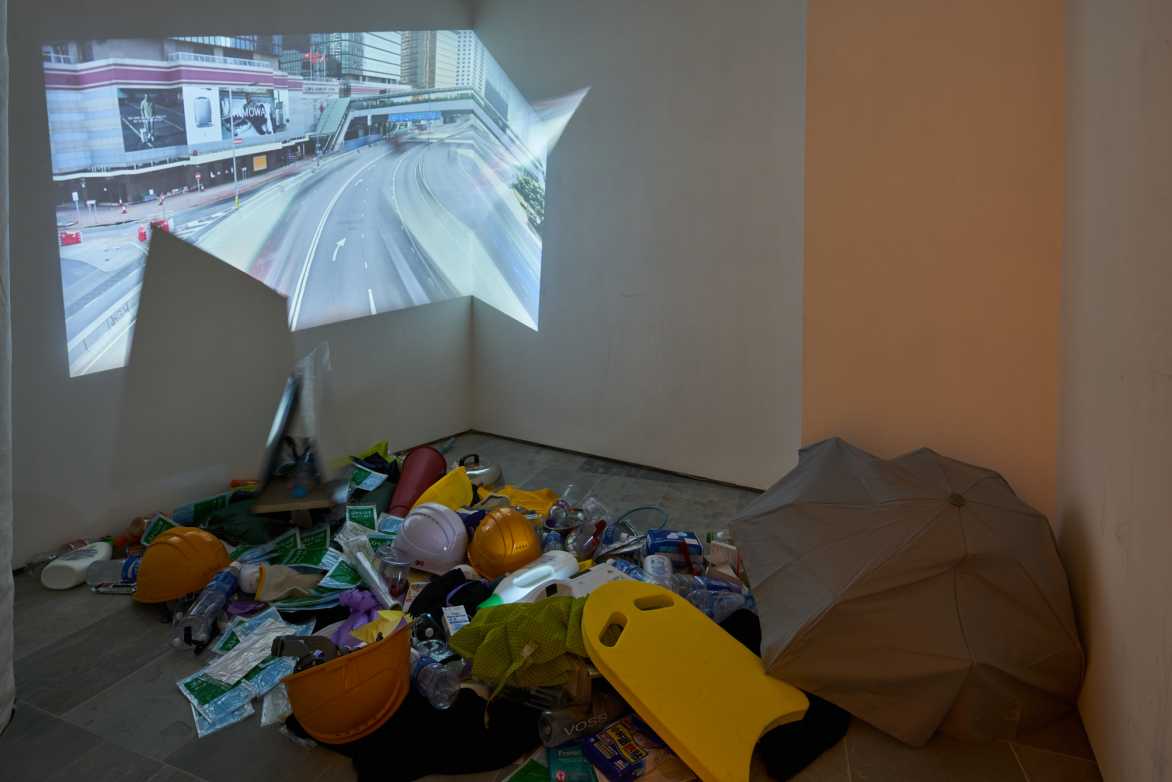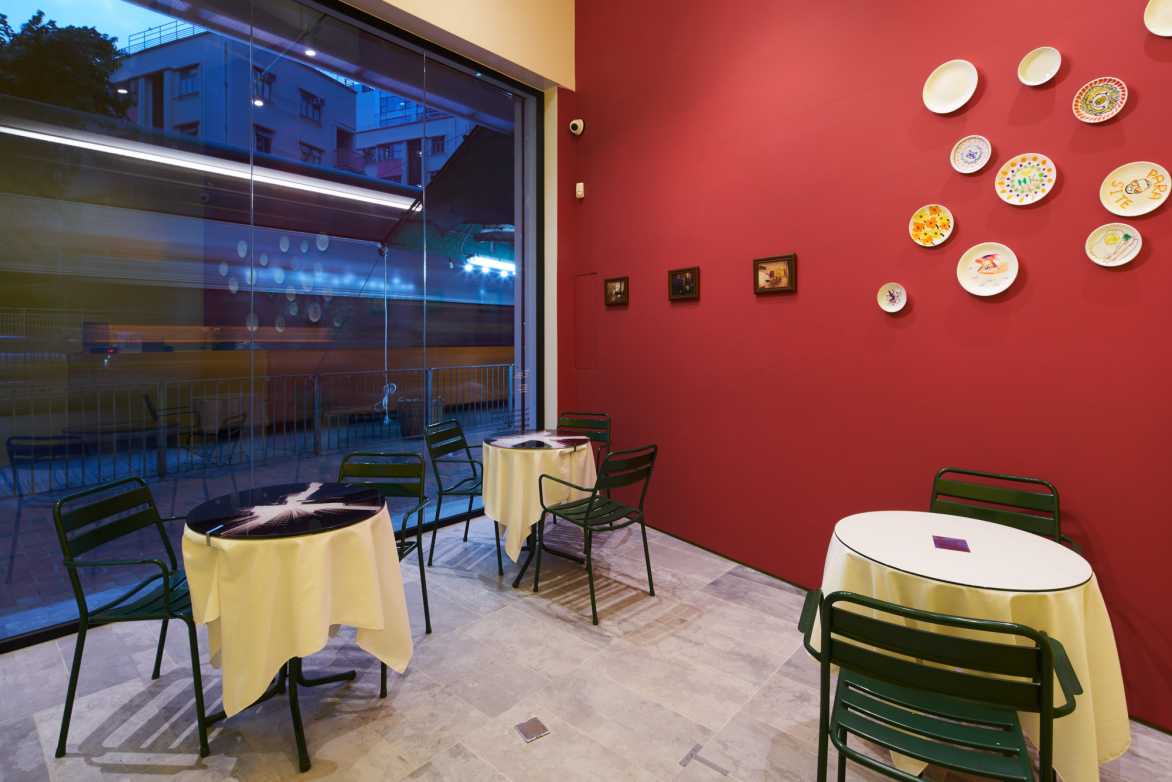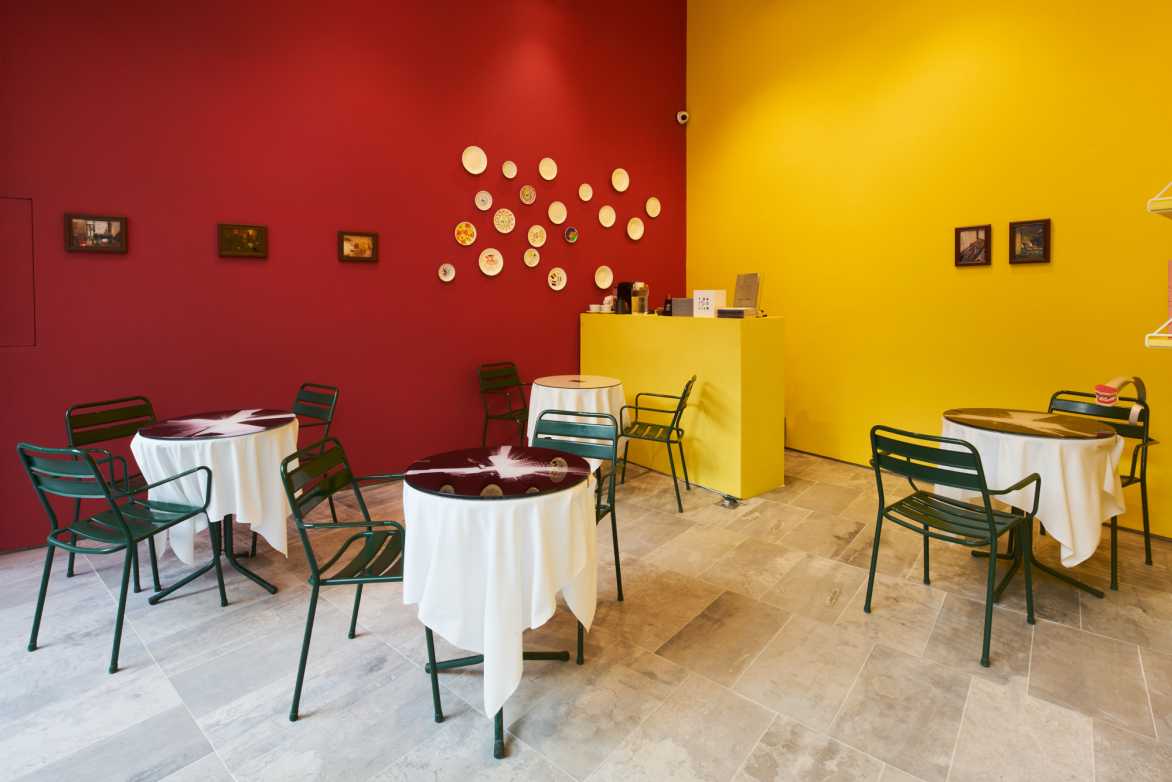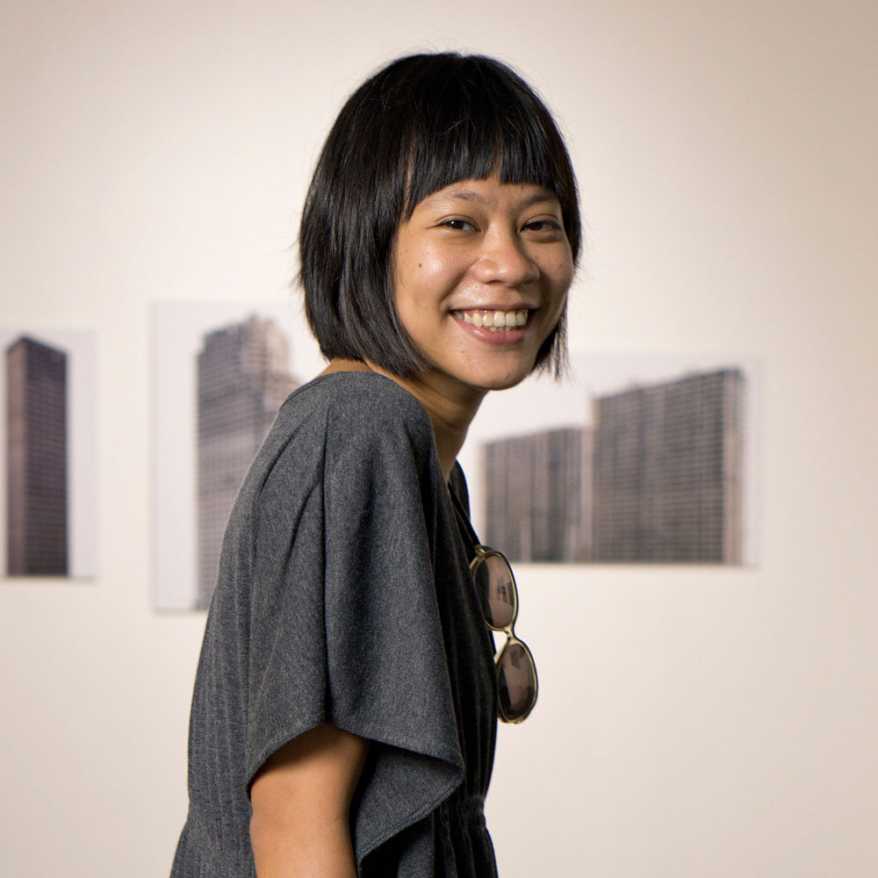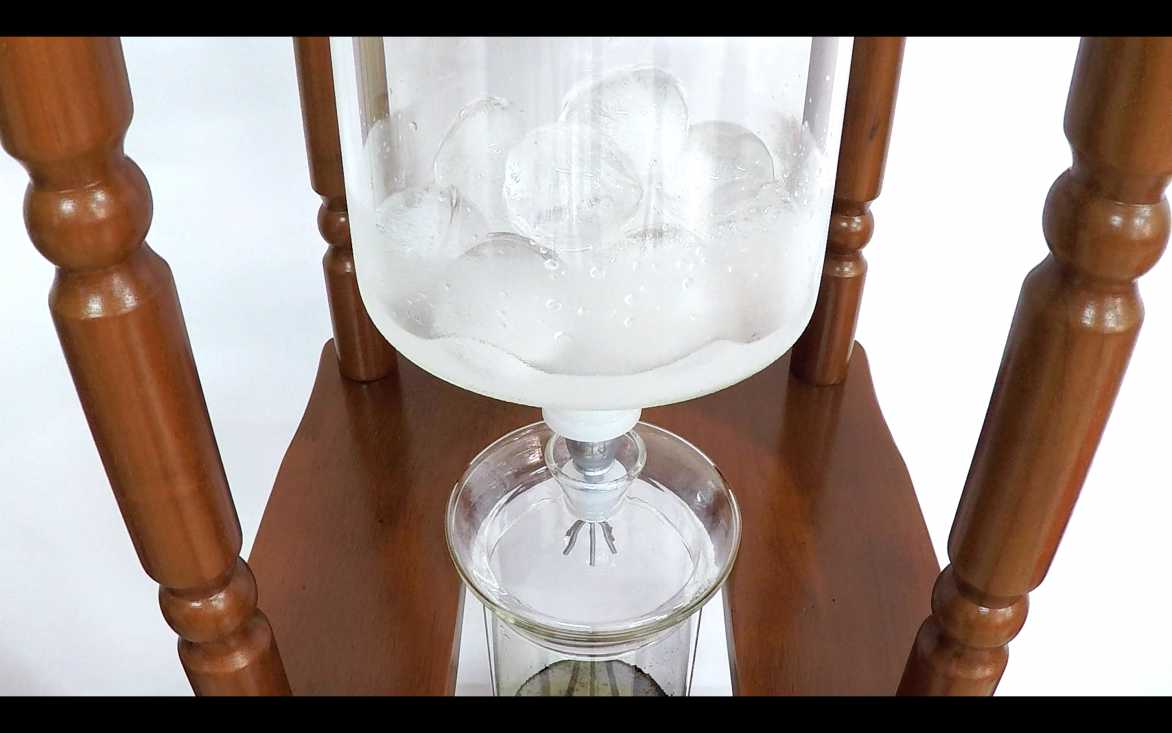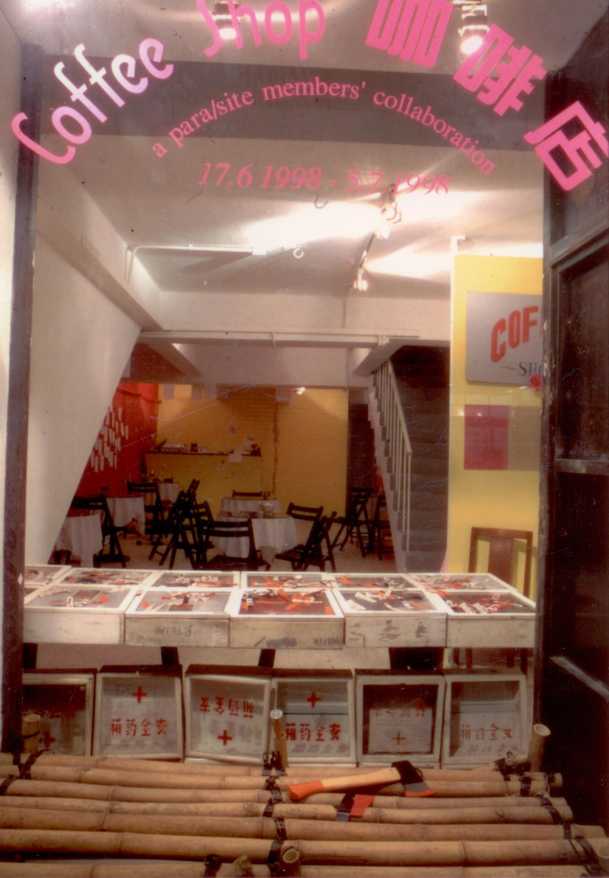
From the ‘60s through the ‘70s, was the place for people to hang out and chat over caffeinated beverages. Situated in a corner enjoying a seaside view, on the second floor of in Tsim Sha Tsui, the café features in the literary accounts of many Hong Kong writers as home to many young intellectuals, a site for “the exploration of radical social thought and politics” (). In the memories of other witnesses, it lives on as just another spot for close-knit crowds to meet and gossip. Either way, when tracing through the long, winding history of cultural spaces in Hong Kong, one sees many of ’s emulators, replacements and successors.
It is almost impossible to find any visual record of the café today. Filling this void, instead, are fragments from memory—or fantasies, at times romantic or stirring, or simply mundane—as obscure as the heterogeneous narratives that surround it, as ambivalent as our hopes and hesitations about gathering in public spaces, as suffocating as the fraught notion of publicness in contemporary reality. At a time when certain memories and places are lost, or being eroded, while other memories and places are being restored and replayed, how can we connect with one another, and through what historical reference, and amid what sorts of emotional conflicts? The exhibition Café do Brasil is an attempt to recollect the historical fragments of its titular locale and delve into its resonance today. Taking a historical site replete with fantasy and pathos as both the meeting point and the beginning of a conversation, the exhibition invites friends and peers to join a shared discussion in the exhibition space, and to explore a range of topics, from the individualistic to the worldly, from coexistence to consensus.
The exhibition comprises three chapters: employs the setting of a roadside café to trace two exhibitions from the history of Para Site— and —taking its cues from the reflections on the public function of art spaces has made throughout its twenty-three-year history to re-engage in this discussion about the public sphere. Occupying the entirety of ’s main exhibition space, interweaves works by contemporary artists from Hong Kong and mainland China with scavenged fragments that refer to to instigate an ongoing, multilateral conversation reminiscent of those taking place in a café or tea house. Finally, , a public programme series taking place throughout the exhibition period, includes extensions of the works featured within it, footnotes to specific discussions, and meetings to start new discussions—a get-together, a shared experience of joy, vertigo, hangover, regret, along with trial-and-error.
is curated by .












